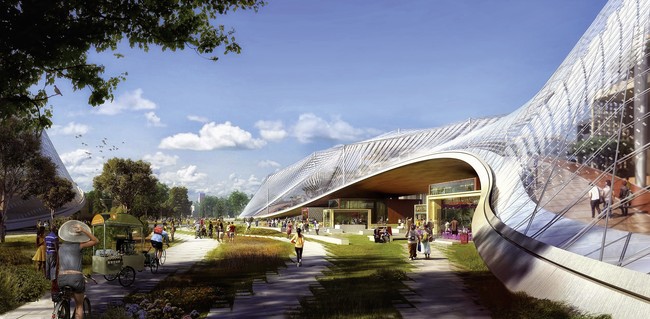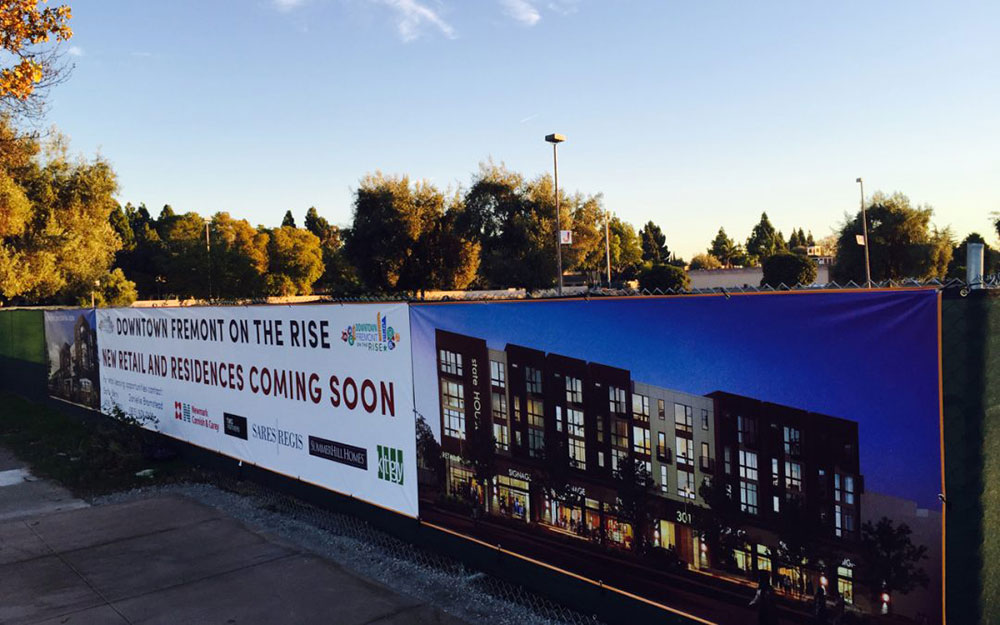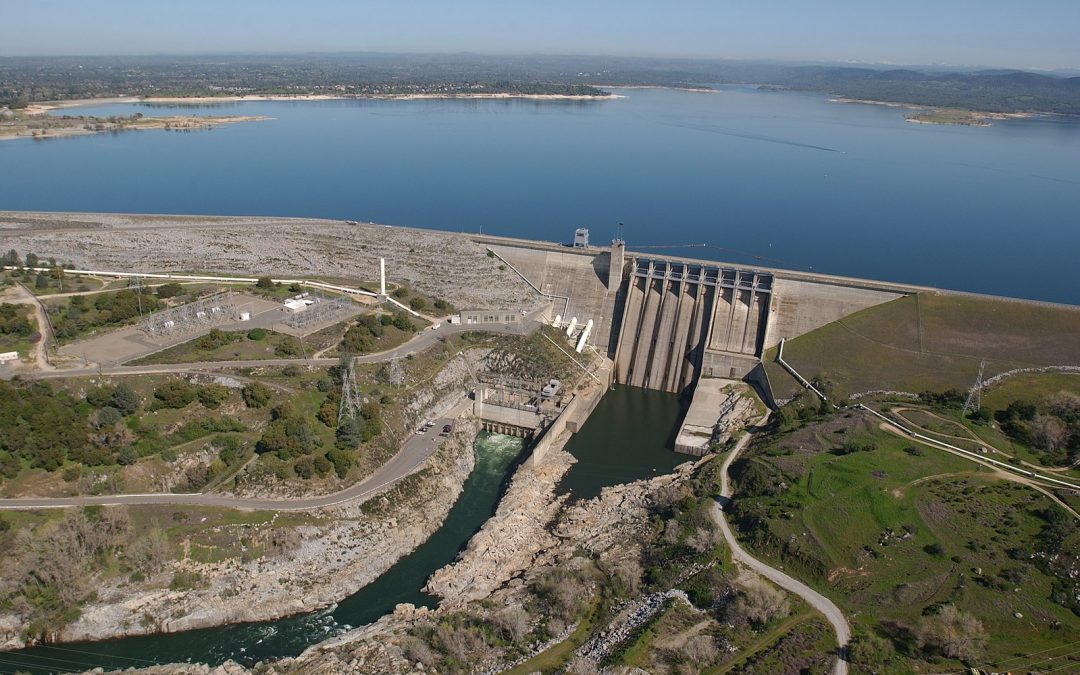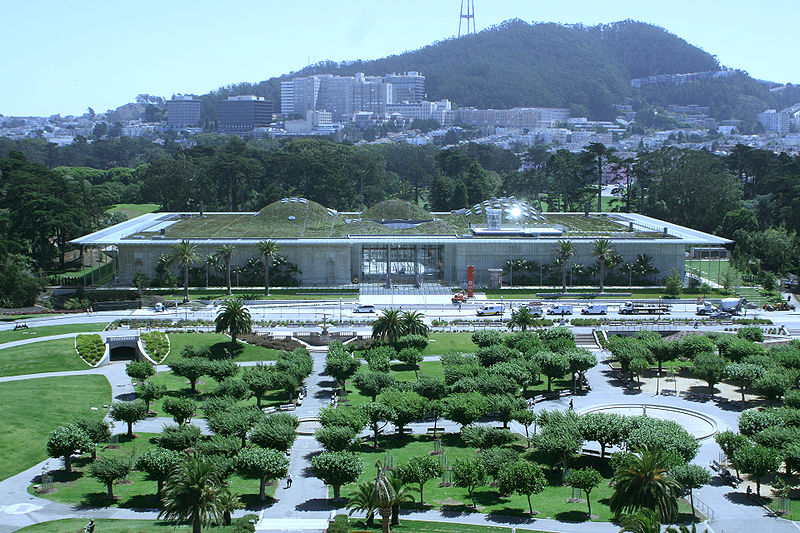
by Kamal Obeid | Jan 21, 2016 | Landtech Blog, The Way of the Land
The technology sector and Silicon Valley construction have always had a symbiotic relationship. The agreement between companies such as Google and Bay Area development has usually been good, for the most part.
Since the time of Steve Jobs in his garage working to develop the Apple computer, to the hardware revolution that gave the Valley its name, technology has attracted the best, and the brightest to this part of California, and construction usually followed.
The symbiosis between innovation and commercialization have set the West apart to enjoy the rapid increases in private nonresidential construction. This growth is in stark difference to the energy production renaissance of the past, which has slowed. Tech investment, on the other hand, is still growing as consumers buy new products and the U.S. economy has improved since 2008. According to Anirban Basu, the chief economist for the Associated Builders and Contractors, nonresidential construction rose 12.4 percent between September 2014 and September 2015. He predicts a 7.4 percent expansion in nonresidential construction this year.

by Kamal Obeid | Dec 2, 2015 | Landtech Blog, The Way of the Land
In 1956, five townships came together to form Fremont, California. Sixty years later, the City is becoming more of an urban place than a suburb, especially with an additional new transit station and associated development. However, the City has lacked a central place, or downtown, to bring everyone together. In fact, the center of the City is walking distance from an existing local BART (Bay Area Rapid Transit) station, but the land has historically been underutilized, filled with large surface parking lots and underused retail shopping centers. However, after years of planning, the possibility of a Downtown Fremont CA is emerging.

by Kamal Obeid | Oct 9, 2015 | Landtech Blog, The Way of the Land
Water storage on a municipal scale in the West used to involve building dams and reservoirs such as the Folsom Dam, which would gush with water from the melting snow of the Sierra Nevada mountains. Now the snowpack is at its lowest measured record, and the water levels of the reservoir may run so low this year that pumps will have to be installed to push water through the dam. Unfortunately, these warming conditions are likely to continue. In response to the “new normal” of drought conditions, the community of civil engineers and local jurisdictions must take a sustainable approach and rethink infrastructure to deal with potential severe water shortages. With the drought looming overhead (and below), here are four examples of water projects throughout the Bay Area and California involving desalination, groundwater recharge, stormwater capture, and recycled water.
by Kamal Obeid | Sep 21, 2015 | Landtech News, The Way of the Land
Nate Donato-Weinstein writes on transit-oriented development in the South Bay for Silicon Valley Business Journal: Downtown Campbell project gets go-ahead: 157 units coming steps from light rail
The City of Fremont’s Blog, Takes From Silicon Valley East, turns two this month! Check out this anniversary post with blog highlights from Jennifer Chen.
Roland Li writes for the San Francisco Business Times on Oakland (East Bay) development: Embattled Lake Merritt tower developer back for second shot with $178 million plan

by Kamal Obeid | Sep 10, 2015 | Landtech Blog, The Way of the Land
When you think of sustainable development in the California Bay Area, you may think of CEQA, solar panels, and environmentally-friendly hipsters, but green roofs will probably not come to mind. Though San Francisco has some green infrastructure projects, the Bay Area region lags behind areas such as Washington, D.C., which led the country in 2012 with 1.2 million square feet of new green roofs. There are grand exceptions like Facebook’s newest campus in the Bay Area that contains a gigantic roof garden complete with trees, walkways, and sitting areas, or the living roof of the California Academy of Sciences. But is it worth investing in a green roof when building in the Bay Area?




